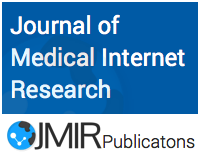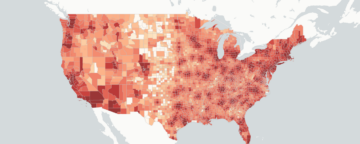 A large Midwestern state commissioned a virtual driving test (VDT) to assess driving skills preparedness before the on-road examination (ORE). Since July 2017, a pilot deployment of the VDT in state licensing centers (VDT pilot) has collected both VDT and ORE data from new license applicants with the aim of creating a scoring algorithm that could predict those who were underprepared.
A large Midwestern state commissioned a virtual driving test (VDT) to assess driving skills preparedness before the on-road examination (ORE). Since July 2017, a pilot deployment of the VDT in state licensing centers (VDT pilot) has collected both VDT and ORE data from new license applicants with the aim of creating a scoring algorithm that could predict those who were underprepared.
Objective: Leveraging data collected from the VDT pilot, this study aimed to develop and conduct an initial evaluation of a novel machine learning (ML)–based classifier using limited domain knowledge and minimal feature engineering to reliably predict applicant pass/fail on the ORE. Such methods, if proven useful, could be applicable to the classification of other time series data collected within medical and other settings.
Methods: We analyzed an initial dataset that comprised 4308 drivers who completed both the VDT and the ORE, in which 1096 (25.4%) drivers went on to fail the ORE. We studied 2 different approaches to constructing feature sets to use as input to ML algorithms: the standard method of reducing the time series data to a set of manually defined variables that summarize driving behavior and a novel approach using time series clustering. We then fed these representations into different ML algorithms to compare their ability to predict a driver’s ORE outcome (pass/fail).
Results: The new method using time series clustering performed similarly compared with the standard method in terms of overall accuracy for predicting pass or fail outcome (76.1% vs 76.2%) and area under the curve (0.656 vs 0.682). However, the time series clustering slightly outperformed the standard method in differentially predicting failure on the ORE. The novel clustering method yielded a risk ratio for failure of 3.07 (95% CI 2.75-3.43), whereas the standard variables method yielded a risk ratio for failure of 2.68 (95% CI 2.41-2.99). In addition, the time series clustering method with logistic regression produced the lowest ratio of false alarms (those who were predicted to fail but went on to pass the ORE; 27.2%).
Conclusions: Our results provide initial evidence that the clustering method is useful for feature construction in classification tasks involving time series data when resources are limited to create multiple, domain-relevant variables.
Authors
- David Grethlein
- Flaura Koplin Winston
- Elizabeth Walshe
- Sean Tanner
- Venk Kandadai
- Santiago Ontañón

